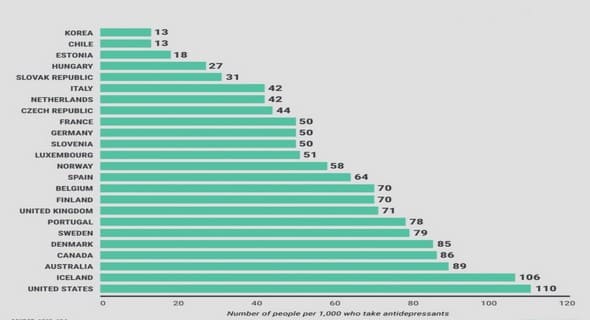(Downloads - 0)
For more info about our services contact : help@bestpfe.com
Table of contents
Chapter 1
Introduction
1.1 Photovoltaic Scenario Overview
1.2 Power Electronics for Photovoltaics
1.3 Research Motivations and Objectives
1.4 Dissertation Outline
1.5 References
Chapter 2
State of the Art Review
2.1 Review of Three-phase Photovoltaic Inverter Topologies
2.2 SiC vs. Si – Potentials of Wide-bandgap Devices for Performance Improvement in Energy Conversion Systems
2.2.1 Brief Overview of WBG Materials and Properties
2.2.2 SiC-based Semiconductor Devices
2.2.3 SiC Devices for Inverter Performance Improvement
2.3 Three-phase Current Source Inverter for Photovoltaic Applications: a Single-stage Topology as an Alternative Solution to Voltage Source-based Converters
2.4 Research Challenges and Opportunities
2.5 References
Chapter 3
Three-phase Current Source Inverter Topology
3.1 Introduction
3.2 Principle of Operation
3.2.1 Space Vector Transformation
3.2.2 CSI Operation in Combination with a PV String – Steady-state Analysis
3.2.3 Analysis of the Switching Cell Disposition
3.2.4 Current and Voltage Stresses of Power Semiconductors
3.2.5 Typical waveforms
3.3 Semiconductor Conduction Losses
3.3.1 Static modeling of semiconductor devices
3.3.2 Conduction losses estimation
3.3.3 Comparison of different CSI switch configurations in terms of conduction losses
3.4 Switching Event in the CSI Topology
3.4.1 Simulation-based comparison of switching event in the CSI and VSI topologies
3.5 Space Vector Modulation Strategies
3.5.1 Methodology for Current Spectrum Determination
3.5.2 Calculation Results
3.6 Summary and Conclusion
3.7 References
Chapter 4
Design and Characterization of a Novel 1.7kV Full-SiC Power Module
4.1 Introduction
4.2 Power Integration for Current Source-based Topologies
4.2.1 Module Substrate Design
4.2.2 Electrical Performance Evaluation
4.2.3 Qualitative Modeling of a Coupled Microstrip – a Generic Case
4.3 Industrial Realization of the Full-SiC CSI Module
4.3.1 Material Selection
4.3.2 Definition of Module Voltage and Current Ratings
4.3.3 Analysis of the Packaging Thermal Resistance Sharing
4.3.4 Module Design
4.4 Implementation of the Double-Pulse Test Characterization Method for SiC Devices Benchmarking
4.4.1 Switching Losses Measurement Methods
4.4.2 Double-Pulse Test Method
4.4.3 Current Measurement Techniques
4.4.4 Selection of SiC Devices
4.5 Dynamic Characterization of the Developed CSI Module
4.5.1 Switching Speed Characterization
4.5.2 Switching Losses Characterization
4.5.3 Influence of Probes’ Relative Delay on Switching Losses
4.5.5 Decoupling Capacitor Current Measurement and Sizing
4.6 Summary and Conclusion
4.7 References
Chapter 5
Design and Experimental Evaluation of the 60kW CSI Prototype
5.1 Introduction
5.2 Sizing of Passive Components
5.2.1 DC Inductor
5.2.2 DC Capacitor
5.2.3 AC Filter
5.3 Thermal Management
5.3.1 Heat Sink Sizing
5.3.2 SiC Module Thermal Runaway
5.3.3 Experimental Evaluation of the Module Thermal Behavior
5.4 Efficiency Estimation
5.4.1 CSI Operation on a Three-phase 800V Grid
5.5 Comparison with a Standard Solution: DC-DC Boost Converter in combination with a Three-phase Two-level Voltage Source Inverter
5.6 Hardware Description
5.6.1 Protection Circuit
5.6.2 Gate Driver
5.6.3 Busbar
5.6.4 Setup for Direct Measurement of Junction Temperatures
5.7 CSI Characterization
5.7.1 Heat Sink Characterization for Calorimetric Semiconductor Losses Determination
5.7.2 Waveforms at Nominal Switching Operation
5.7.3 Influence of Switching Frequency on Semiconductor Losses
5.7.4 Efficiency Measurements
5.8 Summary and Conclusion
5.9 References
Chapter 6
Conclusions and Future Work
6.1 Power Integration for CSI Applications
6.2 Dynamic Characterization of 1.7kV SiC Devices
6.3 Inverter Level
6.4 References




